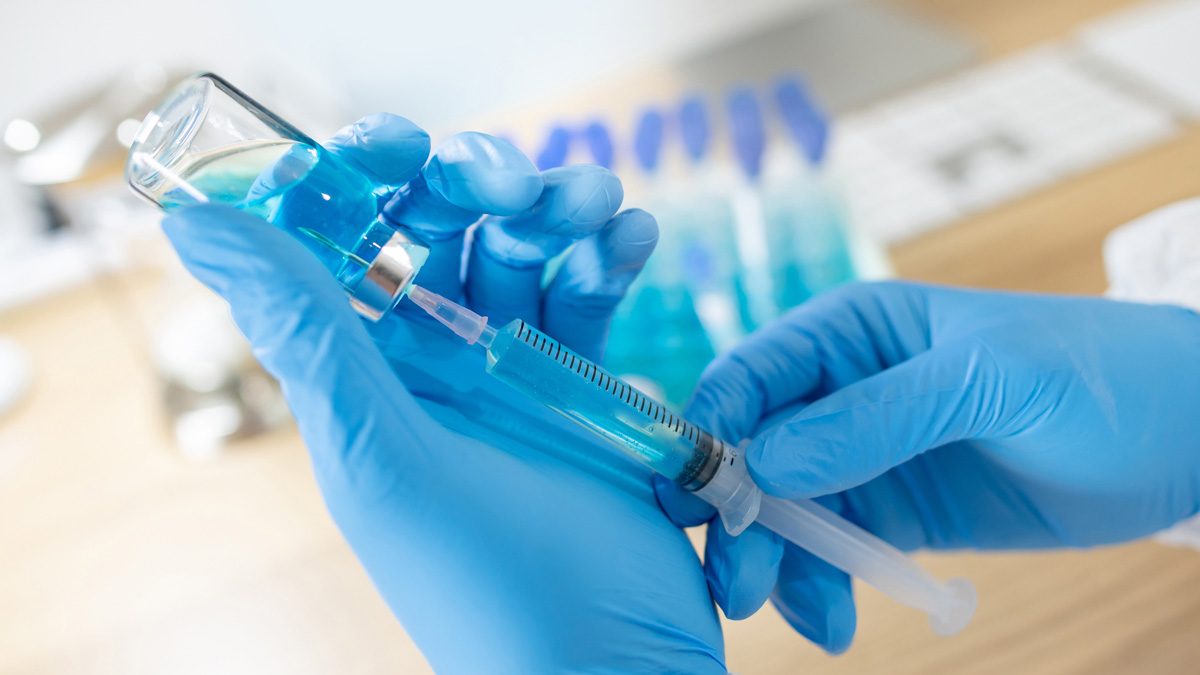COVID-19 underscores need to boost pharma manufacturing in emerging markets

For the past year, life science companies around the world worked at breakneck speed to develop and manufacture safe and effective treatments to respond to the COVID-19 pandemic. The scramble to produce vaccines and therapeutics and the challenges of getting these products to poorer countries underscores the growing importance of local pharma manufacturers for these emerging markets.
While most of the COVID-19 vaccines have been developed by big pharmaceutical players in developed economies, many of them are teaming up with manufacturers in emerging markets to enable them to scale up production quickly. Given the time it takes to build new facilities, it is often more economical (and quicker) to partner with existing local manufacturers for specific manufacturing needs, and multinationals are factoring this into their calculations. For example, global companies AstraZeneca and Johnson & Johnson partnered with vaccine manufacturers in India, a way to boost local production and use these companies’ networks to reach more countries.
It is not only COVID-19 vaccines and therapeutics that benefit from a more regionalised approach. India and China have seen the emergence of strong, local pharma companies. These companies got their first boost from the prevalence of infectious diseases that need immediate treatments and public health systems looking to better manage these diseases. The International Finance Corporation, the division of the World Bank Group that invests in the private sectors of emerging markets, has provided financing for several emerging market pharmaceutical manufacturers with the goal of boosting developing countries’ access to affordably priced drugs.
There can be a significant upside to putting in place a domestic production infrastructure. It can respond quickly to demand and, because the company is local, at a lower price point, potentially giving the company a competitive edge over the legacy manufacturers, who generally need to sell their products at a higher price. For example, a pharmaceutical company in an emerging market might sell a COVID vaccine for $5 a dose, while a competitor in an advanced economy sells the same or a similar drug for $100.
Despite the huge price difference, the emerging market company can generate the same revenue by tapping into their larger markets: An emerging market company selling 500 million doses at $5 a unit in India will net $2.5 billion—or the same as a European company selling 25 million doses at $100 a dose. The gains in being able to easily serve a large population, even at a lower cost per dosage, makes domestic pharma industries a good model for some emerging markets.
With India and China having populations of 1.3 billion each, there is enough demand from domestic markets alone for it to be financially viable for companies to construct the vast array of infrastructure needed in this industry. Once built, these companies then enjoy the capacity to scale up production very rapidly when necessary, something that is exceptionally valuable during a pandemic, and then to take the next step and become regional or global players.
Local pharmaceutical manufacturing is growing in other emerging markets too, often encouraged by governments who increasingly view the ability to rapidly procure medical supplies as a national security issue. In Latin America, Brazil and Colombia are cases in point. In Africa, where most countries apart from South Africa are heavily reliant on importing drugs, things are changing, with Kenya and Nigeria starting to see significant local manufacturing.
The biggest challenge facing local pharma manufacturers and those thinking of entering this field is achieving economies of scale. Does it make sense for a smaller, poorer, country to make the heavy investments needed to promote domestic production when safe, effective low-cost imports are available? The right answer requires upfront analysis.
Investors and governments backing development of local manufacturing capabilities need to consider the range of drugs that will be needed in the near term and beyond. It may not make sense for a company to try to make every single needed medication. Instead, there may be a niche basket of products that can be selectively manufactured to meet local requirements as part of the region’s pharma needs.
This debate had already begun but the pandemic has thrown the issues into sharper relief. As the world scrambles to produce billions of doses of a COVID vaccine, the role of emerging market pharmaceutical manufacturers is more important than ever.
About the author
Dr Subir K. Basak, is a senior life sciences specialist at IFC, the arm of the World Bank Group investing in the private sectors in emerging markets. His experience spans sales & marketing, business development, R&D, manufacturing and operations. He holds an MBA from the Kellogg School of Management, MS/PhD from Purdue University, BE from IIT and advanced management training from the Wharton School of Business. He is also the recipient of the Merck Research Fellowship, PC Ray Award from the Indian Chemical Engineering Congress, and the Frederick Andrews Board Fellowship from Purdue University.











